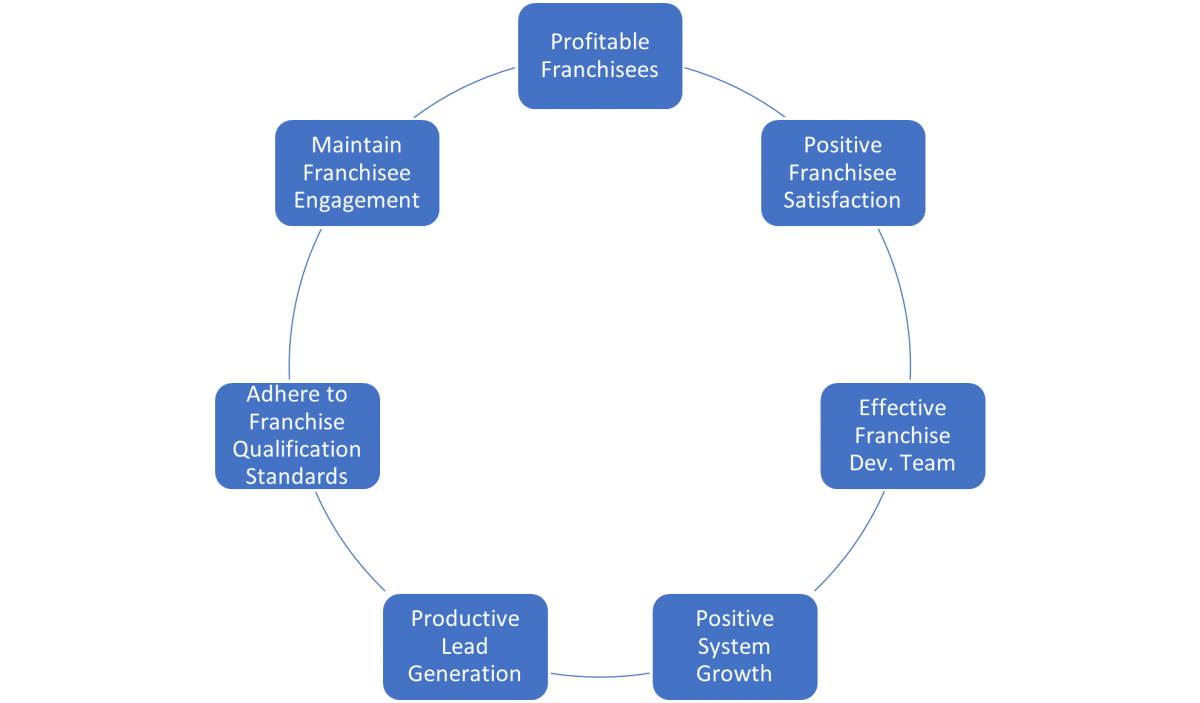The benefits of ongoing hiring and continuous training in the restaurant business are multifaceted. They impact employee performance, customer satisfaction, operational efficiency, and business success. By fostering a culture of constant learning and development, restaurants can improve their internal operations and enhance their external appeal, ensuring long-term success in a competitive industry.
The Positive Effects of Ongoing Hiring and Continuous Training in the Restaurant Business
By: FMM Contributor
The importance of ongoing hiring and continuous training cannot be overstated in the fast-paced and ever-evolving restaurant industry. These practices ensure that restaurants stay competitive and significantly enhance employee satisfaction, customer service, and overall business success. Here are the essential positive effects:
1. Improved Employee Performance and Satisfaction
Continuous training helps restaurant staff stay updated with industry trends, technological advancements, and best practices. By regularly upgrading their skills, employees become more efficient and confident in their roles, directly translating to better customer service and operational efficiency. Moreover, a culture of continuous learning fosters job satisfaction and loyalty, reducing turnover rates and retaining top talent.
2. Enhanced Customer Experience
Well-trained employees are more adept at providing exceptional customer service, which is crucial in the restaurant business. Regular training ensures that staff are well-versed in menu items, adept at using point-of-sale systems, and proficient in handling customer inquiries and complaints. This leads to a more seamless and enjoyable dining experience for customers, increasing their likelihood of returning and recommending the restaurant to others.
3. Increased Operational Efficiency
Ongoing hiring ensures that the restaurant is always staffed adequately, avoiding the pitfalls of being understaffed, which can lead to overworked employees and subpar service. Conversely, continuous training ensures that all staff members are familiar with the latest operational procedures and technologies, enhancing productivity and reducing errors. This streamlined approach to operations can result in significant time and cost savings for the business.
4. Better Adaptation to Industry Changes
The restaurant industry is dynamic, with frequent changes in food safety regulations, customer preferences, and technology. Continuous training helps employees stay ahead of these changes, ensuring that the restaurant remains compliant and competitive. For example, training staff on new digital payment systems or food safety protocols ensures compliance with regulations and enhances customers’ safety and satisfaction.
5. Fostered Teamwork and Morale
A structured training program with team-building activities and cross-training can significantly enhance teamwork and morale. Employees can work more cohesively as a team when they understand each other’s roles and responsibilities. This sense of camaraderie boosts morale and creates a positive work environment, which is essential for retaining staff and providing consistent, high-quality service
6. Competitive Advantage
Restaurants that invest in continuous training and ongoing hiring are often seen as more attractive employers. This reputation can help attract high-caliber talent and reduce recruitment costs. Additionally, well-trained employees can provide a level of service that sets the restaurant apart from its competitors, creating a unique selling point that can drive business growth.
In conclusion, the benefits of ongoing hiring and continuous training in the restaurant business are multifaceted. They impact employee performance, customer satisfaction, operational efficiency, and overall business success. By fostering a culture of continuous learning and development, restaurants can improve their internal operations and enhance their external appeal, ensuring long-term success in a competitive industry.
Sources
-
Restaurant Training Program: Enhancing Employee Development
Inkling -
The Restaurant Training Guide: Why and How to Train Restaurant Staff
SynergySuite -
How Continuous Training Boosts Restaurant Employee Engagement
Paradiso Solutions -
Restaurant Training 101: A Complete Guide to Training Your Restaurant Team
Homebase -
Implementing a Successful Training Program for Restaurant Staff
1Huddle
These sources collectively provide insights into the benefits of ongoing hiring and continuous training in the restaurant industry, covering aspects such as employee performance, customer experience, operational efficiency, industry adaptation, teamwork, and competitive advantage.
———————————







